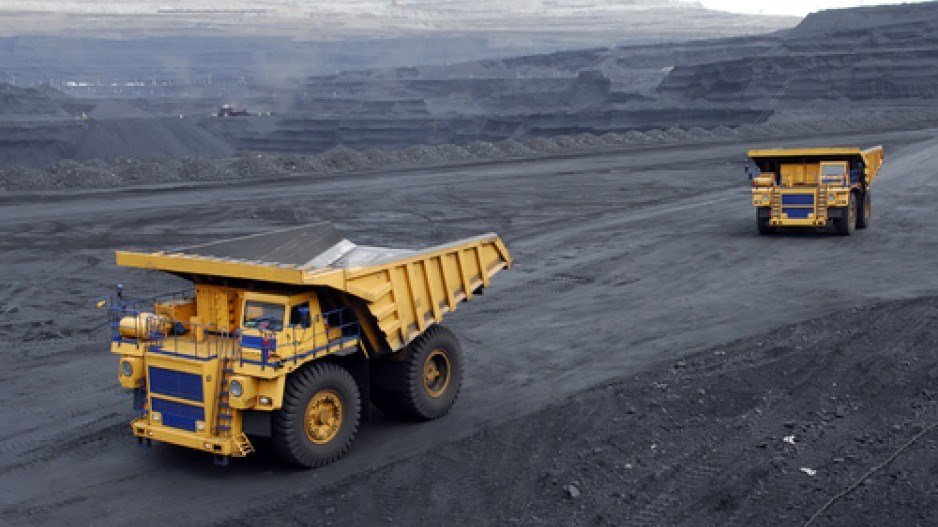Although the mining industry continues to battle a lack of investment and tumbling metal prices, the tough times have produced a unique opportunity for mid-tier companies as good projects are being shed by major firms looking to streamline their operations.
That’s one of the themes highlighted in EY’s new second-quarter Canadian Mining Eye report, a quarterly document that tracks the performance of 100 mining companies, to be released this week.
According to the report, the selling of “non-core assets” – projects deemed less important than potentially larger or more advanced deposits – is a strategy major companies such as BHP Billiton (NYSE:ADR) and Rio Tinto (NYSE:RIO) are using to weather the sector’s current unstable period.
The buyers for those projects are mid-tier companies – smaller firms involved in production – looking to add to a well-researched, well-developed deposit.
“The larger players are going to look at their portfolio of assets and say there are some that are non-core and they need to find a buyer,” said Jay Patel, EY’s Canadian mining and metals transaction leader and author of the report.
“We think potential buyers are in the mid-tier space. Mid-tier companies could be looking and saying it is an opportune time to transact.”
For example, Vancouver-based Capstone Mining (TSX:CS) bought BHP Billiton’s Pinto Valley Mine in Arizona for $650 million in April. Pinto Valley is a copper mine expected to produce between 130 million and 150 million pounds of copper per year for the five-year lifespan of the mine.
Cindy Burnette, Capstone’s vice-president of investor relations, told Business in Vancouver that Capstone was looking to buy a “producing copper asset” in North America because it had more than $700 million on its balance sheet this year.
“We were in a position to buy without jeopardizing any of our existing plans,” Burnette said.
“The majors are having a tough time and changing their strategies,” she added. “For a company the size of ours, Pinto Valley is huge. For BHP Billiton, it’s probably considered small.”
Another noteworthy mid-tier acquisition was Lundin Mining’s (TSX:LUN) $325-million purchase of Rio Tinto’s Eagle Mine, a copper and nickel deposit in northern Michigan. Eagle is expected to produce 23,000 tonnes of nickel and 20,000 tonnes of copper per year. Construction is 50% complete and production is expected to begin in the fourth quarter of 2014.
Like Pinto Valley, the Eagle Mine was attractive because of the work already done on the project.
“Our company is built on acquisitions built and drilled by majors,” said Paul Conibear, Lundin Mining CEO.
“These projects come with really high standards – you can really trust the grades that are in the ground as well as the government relations the majors have implemented and the quality of the plant they’ve built. You’re buying, relatively speaking, a lower risk asset.”
Other highlights in EY’s mining report
The Canadian Mining Eye Index (the 100 companies tracked for the report) lost 34% in 2013 Q2. The index lost 13% in Q1 and 42% over the past 12 months.
Canadian mining companies raised US$12.2 billion in debt proceeds in 2013 Q2. Debt proceeds raised US$8.9 billion in 2013 Q1. Barrick Gold (TSX:ABX) raised US$3 billion in the bond market.
Gold prices were down 32% in 2013 Q2. Gold is currently trading at US$1,325 per ounce. More than 50% of the companies tracked in the Canadian Mining Eye have interests in gold.
Copper fell 10% in 2013 Q2. Copper is down 11% for the year. Copper is currently trading at US$3.10 per pound.




